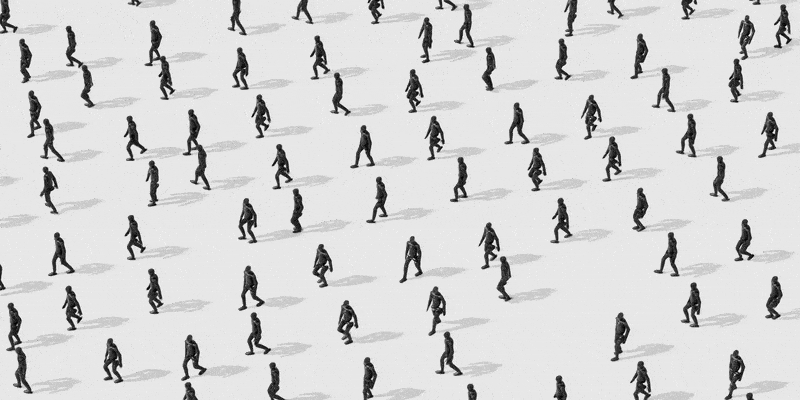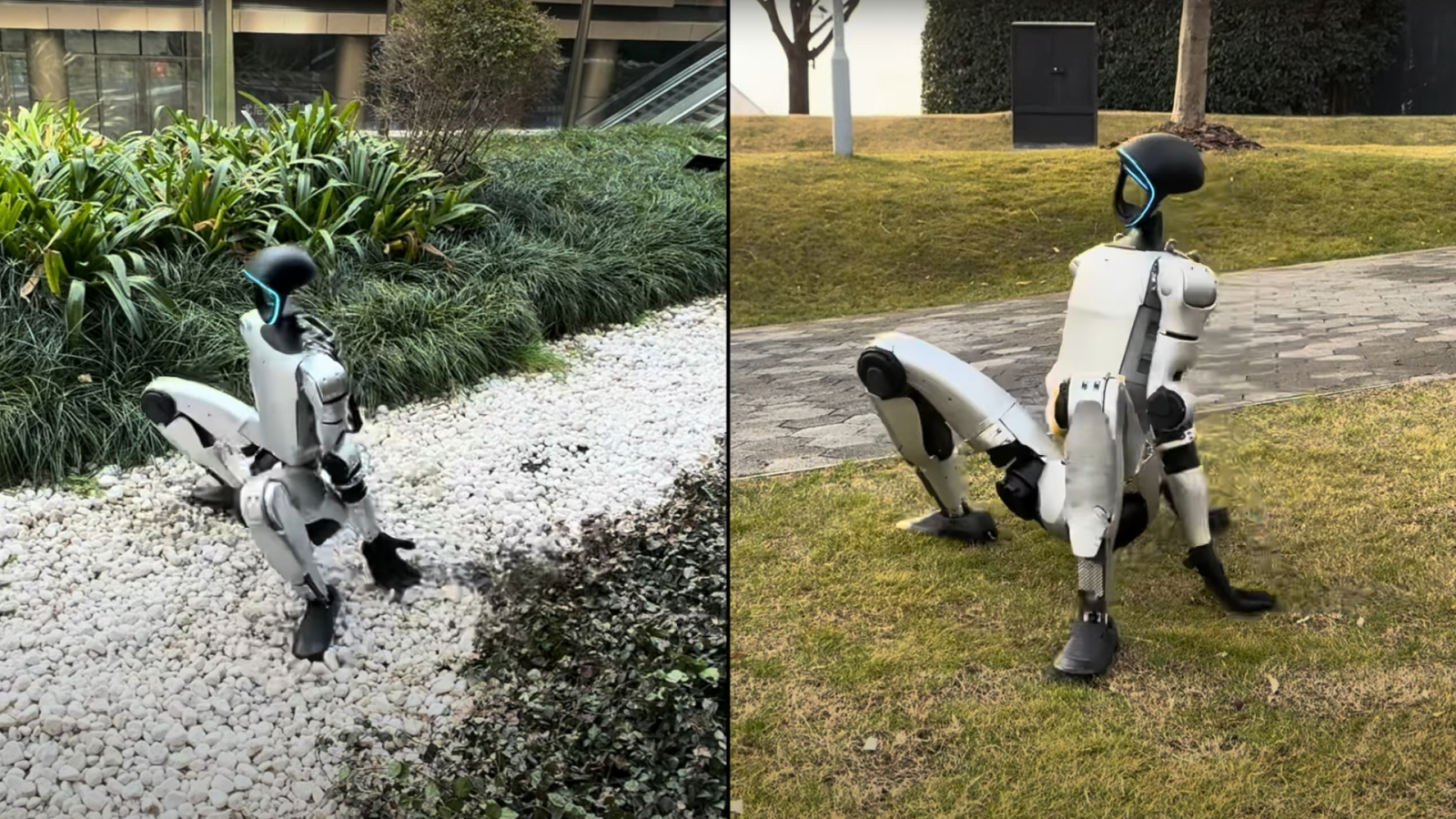When you buy through links on our site , we may gain an affiliate mission . Here ’s how it works .
Most people find cockroach repulsive , but not John Schmitt . A mechanical railroad engineer at Oregon State University , Schmitt is using the leggy plague as a fashion model for futuristic robots that can run effortlessly over rough terrain .
Current robots require too much reckon power to get around , Schmitt explain . " We are trying to make robot that are more stable and take less energy , " he aver .

One of the cockroaches used in Vanderbilt’s study on how a cockroach’s biological clocks affects its learning ability.
Unlike other puppet , cockroaches do n’t think about how they are live to pass . When a roach comes across brick that are three times as high as its pelvic girdle , it only decelerate down by 20 percent . The leg move by instinct , not by unconditioned reflex . Schmitt is working on designing robot legs that can do the same .
" Being able to find the original running step in the comportment of crude terrain is authoritative , " Schmitt state LiveScience .
Right now some robots have been built that can walk , but none of them can run as well as their animal counterparts . Even walk robot take in far too much energy and computing major power to be very useful , Schmitt said .

roach move
Schmitt was breathe in to modelcockroachlocomotion after understand a 2006 paper by Bob Full , a biologist from the University of California , Berkley , which show that cockroach move their leg before thinking .
Schmitt think that trait could be useful in robot because it would help maintain computing mightiness , so he and his team are trying to recreate it in figurer manikin , and finally in literal robots .

A cockroach - inspired automaton could run on autopilot in most circumstance , and would only have to stop and believe about its next move when it encountered a declamatory perturbation or obstruction .
Building a real automaton
Schmitt envisions well-informed louse - like bot that could facilitate jurisprudence enforcement officials scope out dangerous position without peril officers .

" If you wanted surveillance , you ’d construct a legged robot , and scatter them around . They will intercommunicate with each other and set up a reconfigurable wireless internet , " Schmitt said .
Insect - like robotscould also be utile explorers on Mars or other off - humanity terrains .
" Mars scouter have problems with rocks , " Schmitt said . " If you have something as little as cockroaches , little Rock wo n’t be a problem . "

In addition to roach , Schmitt has studied the guinea hen . The volaille - like bird ’s legs do like springs when meet a drastic change in the surface .
If a human execute like a guinea hen , they could run at full speed right into a 16 - inch - deep hole and hardly miss a metre , Schmitt said .
In a computer model , Schmitt and his squad have create a concept that would allow a running robot to regain from a change in primer surface almost as well as a greaseball biddy . They are studying how the interplay of concept such as DOE storage and expenditure , sensor and feedback essential , and pegleg angles can produce retrieval from such disturbances .

Their research is detailed in a recent issue of the diary Bioinspiration and Biomimetics .













